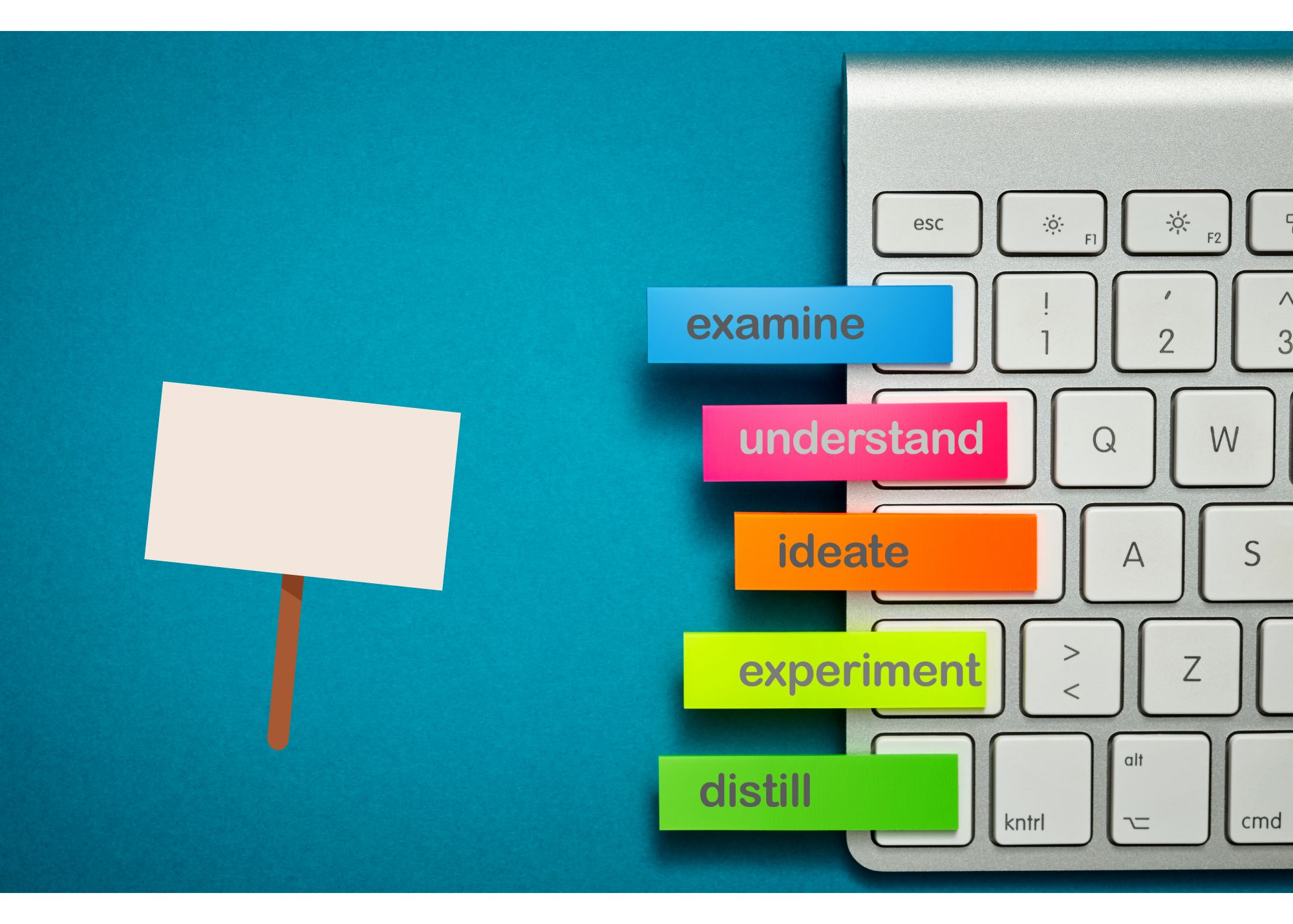#1 Most Important Rule That Made Millions
When Mark Minervini won the US Trading Championships, some attributed his victory to luck. As the years went by and he kept winning the narrative changed. Then he decided to enter the competition again, and naysayers told him not to risk his reputation. He went on to win once again, out-trading every other competitor and coming top of the podium in the $1 million+ category.
So you might imagine that when Minervini trades, people listen. But that wasn’t the case recently when he took pot shots from the public following a much publicized loss.
Minervini shorted the Dow Jones Industrial Average right before the most recent downturn. At the time he predicted a 5%-8% correction, which is ultimately what followed.
Yet, he also took a loss on the trade, and that’s what sparked the online criticism. In spite of the loss, Minervini has defiantly stated that the reasoning behind his loss is precisely what has kept him profitable all these years?
So how can you reconcile losing money with the reason behind making millions?
Key Points
- Mark Minervini won multiple US Trading Championships, proving his trading skills and silencing initial critics.
- He has faced criticism for a loss despite predicting a downturn accurately, but he attributes his long-term success to consistently using stop-losses.
- Minervini’s disciplined approach, avoiding emotional reactions and adhering to trading rules, is key to his sustained success.
The Single Most Important Reason to Make Millions
Minervini stated that before starting any trade he puts a stop-loss in place. That single action is, he declares, the “exclusive” reason for his success.
In practice, we might argue there is a little more to it. For example, Minervini doesn’t just put a stop-loss in place but also chooses to walk away at that point from the trade. Unlike many traders who chase a position lower in the hopes that the first loss can be “made up” later by doubling down, he simply takes the hit and moves on.
In this simple rule, so much is revealed. While Minervini took a loss on the short DIA position, he reveals that his overall approach to trading is simplified as letting winners run and cutting losers short. Definitionally that means even if he has no better than a 50:50 win loss record, he will end up ahead.
The tricky part for most people is they “get” the math behind that ruleset but they simply don’t put it into practice. As Buffett says you don’t need a high IQ to invest well, but you do need the right temperament.
The temptation to chase or break rules is precisely what gets traders in trouble. Equally, the reason for Minervini’s success is because he doesn’t chase emotionally but rationally sticks to rule sets.
How To Trade Better
If you want to substantially improve your own performance, observe the times you lost and spot the emotional swings.
Did you jump into a trade because you were worried about missing out on gains? Did you fail to put a stop-loss in place and chase a position lower, or double down on it? Worse still, did you keep adding as the price kept falling and finally capitulate at the bottom?
If so, replace the emotional actions with rational ones. Trade only on breakouts. Put stop-losses in place. Accepts that losses will occur.
Don’t be the trader taking pot shots at successful traders because they changed course and turned bullish on a dime after being bearish. That’s precisely what good trading is. It’s about letting your ego go and admitting “I was wrong” and I will change direction because that’s what the market is telling me to do.
After all, you can’t overwhelm the market forces with your own capital, so it’s better to ride the trends, and if Minervini is an example of anything, it’s that discipline and rational trading makes millions while emotional trading is a death knell.



